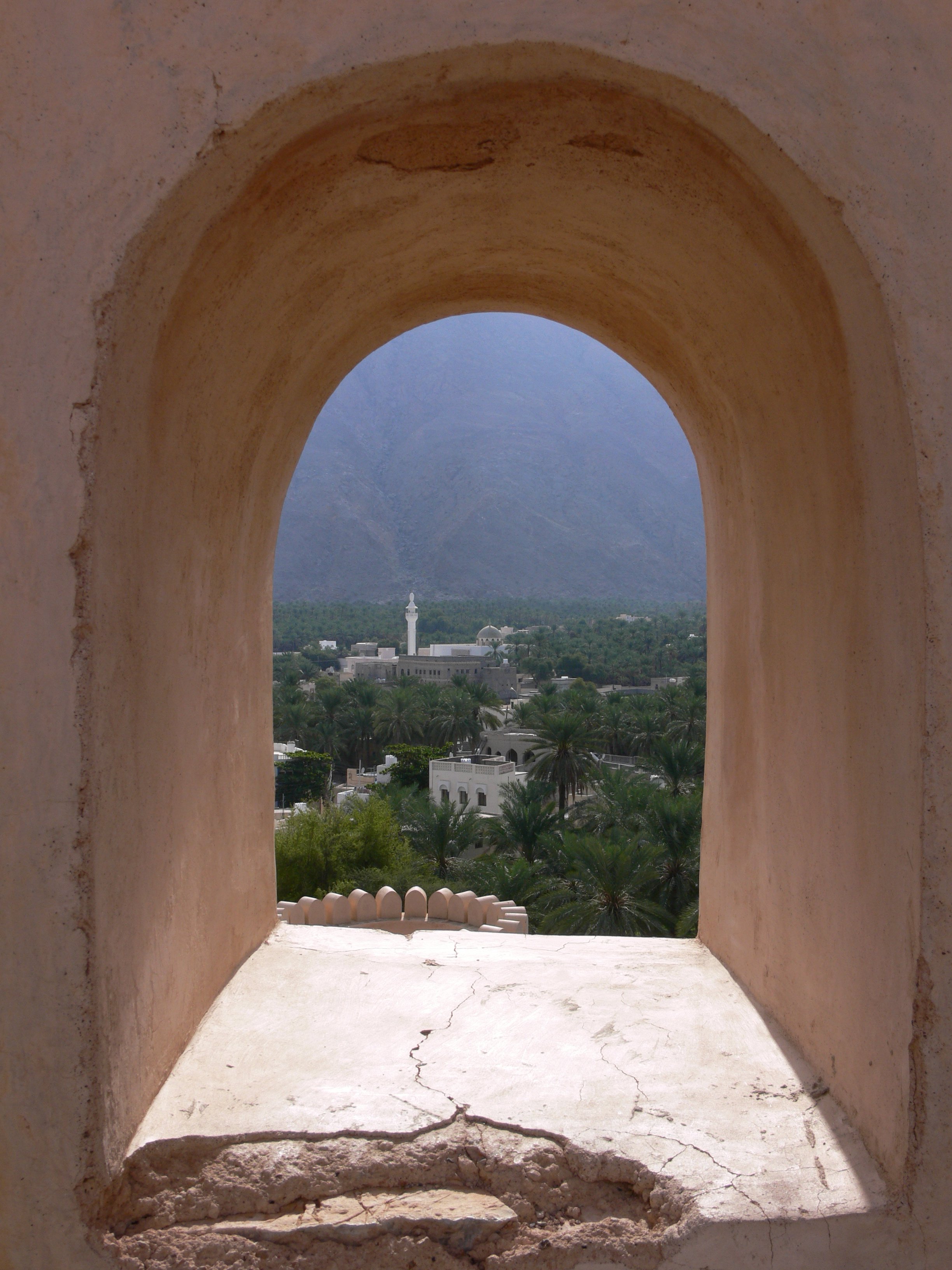Nakhal Fort on:
[Wikipedia]
[Google]
[Amazon]
Nakhal Fort () is a large
fortification
A fortification (also called a fort, fortress, fastness, or stronghold) is a military construction designed for the defense of territories in warfare, and is used to establish rule in a region during peacetime. The term is derived from Lati ...
in Al Batinah Region
Al-Bāţinah () was one of the regions ''( Mintaqat)'' of Oman. On 28 October 2011, Al-Batinah Region was bifurcated into Al Batinah North Governorate and Al Batinah South Governorate.
The region occupied an important location on the coast of G ...
of Oman
Oman, officially the Sultanate of Oman, is a country located on the southeastern coast of the Arabian Peninsula in West Asia and the Middle East. It shares land borders with Saudi Arabia, the United Arab Emirates, and Yemen. Oman’s coastline ...
. It is named after the ''Wilayah
A wilayah ( or ''wilāya'', plural ; Urdu, Pashto and ; ) is an administrative division, usually translated as "state", " province" or occasionally as " governorate". The word comes from the Arabic root "''w-l-y''", "to govern": a '' wāli''� ...
'' of Nakhal.
History
The fort, also known as Husn Al Heem, was named after the state of Nakhal that exists above the old village of Nakhl. Imams of Wadi Bani Kharous and the Ya'arubah dynasty resided here in the past. Over the centuries, it underwent many renovations and improvements. It was reconstructed by Omani architects in the 17th century. Initially built as a protective measure for an areaoasis
In ecology, an oasis (; : oases ) is a fertile area of a desert or semi-desert environmentNizwa. The gateway and towers seen now were extensions built in 1834 attributed to imam Said bin Sultan. In 1990, it was fully renovated.
In November 2003, the Prince of Wales Charles (now Charles III) visited the restored fort during an official visit to Oman.
 The fort is approximately to the west of
The fort is approximately to the west of
Overview
 The fort is approximately to the west of
The fort is approximately to the west of Muscat
Muscat (, ) is the capital and most populous city in Oman. It is the seat of the Governorate of Muscat. According to the National Centre for Statistics and Information (NCSI), the population of the Muscat Governorate in 2022 was 1.72 million. ...
, the capital of Oman, at the entrance of Wilayt Nakhal in Wadi
Wadi ( ; ) is a river valley or a wet (ephemerality, ephemeral) Stream bed, riverbed that contains water only when heavy rain occurs. Wadis are located on gently sloping, nearly flat parts of deserts; commonly they begin on the distal portion ...
Ar Raqeem. It is situated on a rocky prominence at the foot of Jebel Nakhal, a spur of the main Western Hajar range. It is to the northeast of Jabal Akhdar also called green mountain. Nakhal Fort is surrounded by orchards of palm trees. Its battlements provide a view of the Al-Batinah Region. The ancient Nakhal village is below the fort and close by is the warm springs of Ain A'Thawwarah. Nakhal Fort is one of several fortifications in the Al Batinah Region, the others being Al Hazim, Al-Sifalah, Rustaq, and Shinas forts.
Built in the architectural style of the Sultanate of Oman, it is unique in that it was built to fit around an irregularly-shaped rock, with some rock exposures jutting out into the interiors. The fort houses a museum, operated by the Ministry of Tourism with exhibits of historic guns. A weekly Friday goat auction market takes place within the precincts of the fort. During recent renovations the fort has been fitted with traditional furniture, handicrafts and historic artifacts.
References
;Bibliography * * *External links
* {{Sasanian castles Nakhal Forts in Oman Towers completed in 1834